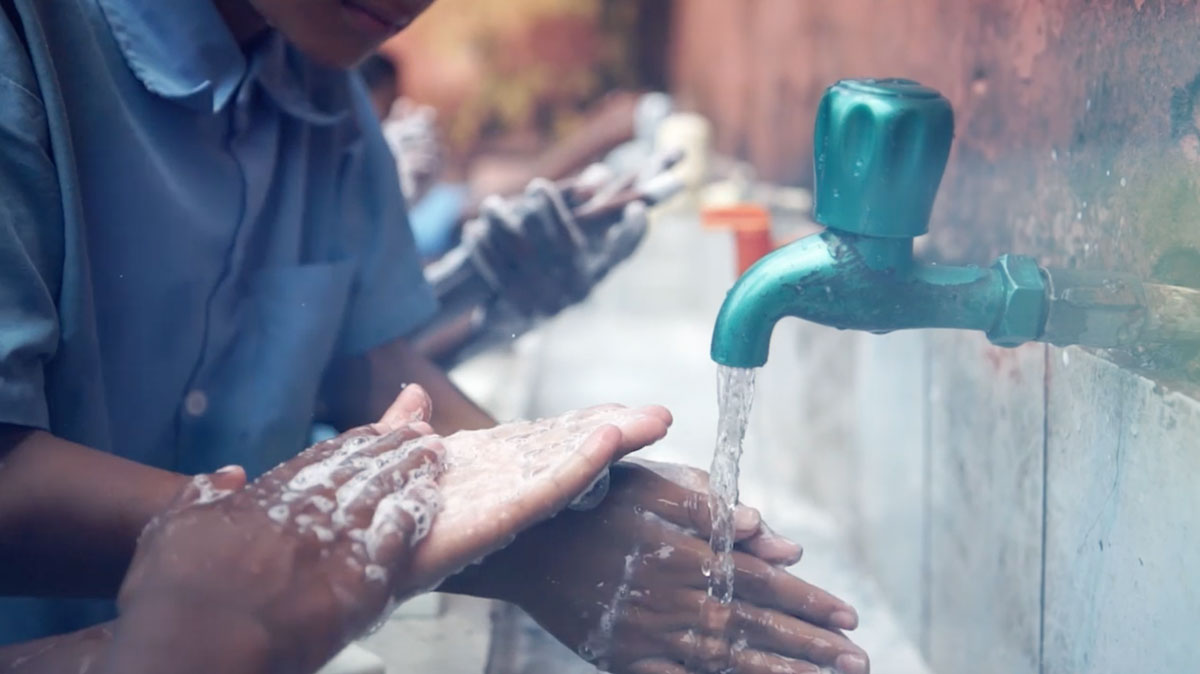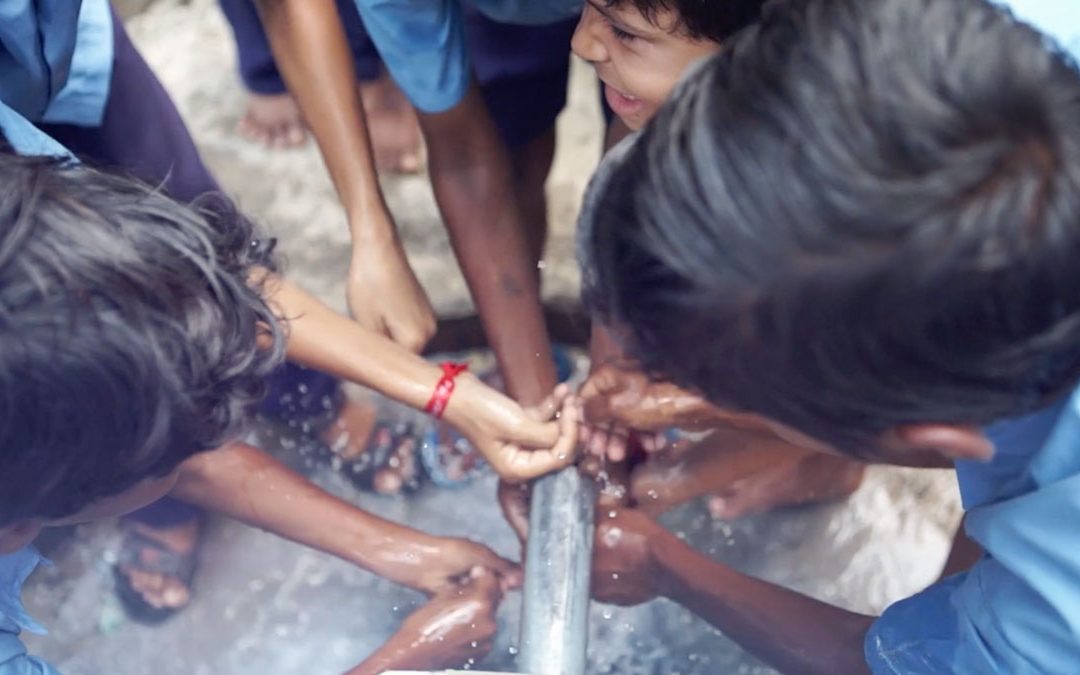Someone said to me recently, “deep down, everyone is winging it most of the time.”
I remembered this when at the WEDC WASH Conference in Nakuru last month, I was asked to be on a panel about failure in faecal sludge management. I’m no expert on this topic but, like most people, I’ve had my share of failures, and as an innovation professional, I’m concerned we don’t always feel able to discuss and learn from failure in the humanitarian sector. The competition for funds is fierce, driving many NGOs to speak only of their success stories and be quiet about the rest. In parallel, a bias in academia against negative or ‘null-findings’ means that researchers are less likely to publish studies on innovation or about programmes that aren’t working.
So how can we get better? The panel discussion made me reflect on three key steps:
1. Acknowledge the role of luck
Before we can begin any analysis and learn from our own past work, we need to be realistic about the role of luck and circumstance. We live in a complex world, and any project that works with real people, rather than being limited to a scientific lab, is susceptible to the randomness of external events. As humans, we have a habit of underestimating the role of luck when something has gone well. When the founders of Google wanted to sell the company after its initial start-up phase for $1.6m, it was pure luck that the offers they got were slightly below that—and so they ended up sticking with the company that now is one of the most valuable in the world. The lesson is: whether things go right or wrong, luck (good or bad) has usually played a part. Appreciating this will make us better at learning.
2. Change the language
Numerous studies have shown that humans are ‘outcome-biased:’ we have a tendency to revise the history of our beliefs in light of what actually happened. In his brilliant book ‘Thinking Fast and Slow’, behavioural scientist Daniel Kahneman shows that hindsight bias leads observers to assess the quality of a decision not by whether the process was sound but by whether its outcome was good or bad.
Getting back to faecal sludge management for a moment, this means that you could construct a new type of sludge treatment system without building on evidence, consulting users or monitoring quality, and by pure luck, you might still end up with a system that works. Observers would deem this a success—and be likely to copy the system for other contexts. However, if you looked at the poor process without knowing about the positive result, this would reveal the system would be unlikely to work in any other context.
This shows us that unnuanced language of ‘success’ and ‘failure’ doesn’t offer us much in the way of learning. Instead, we need to shift our definition of success to allow us to talk about what elements work and what doesn’t work, and we need to find ways to mitigate our outcome bias.
3. Be clear what we’re looking for
To help us nuance how we look at the ideas that failed, in innovation language, we often talk about ‘bad’ failure or ‘good’ failure. Innovation often means testing a series of assumptions or ideas that don’t work until you find the one that does. Failure is, therefore, part of innovation, but there are different degrees: small failures can cost time and money; big, ‘bad’ failures can be the end of a start-up organisation. Unfortunately, our ‘sunk cost’ bias can often lead us to delay failure because we’ve already invested a lot in the idea when we should have abandoned it as soon as we realised it wasn’t working well. As an innovation funder, we want to take risks, but we try to do this in a staged way, inviting constant reflection on what works and what doesn’t. In lean startup terminology: “fail quickly and cheaply; spend a little to learn a lot.” With this approach, we’ve seen several examples of exciting ‘good failures’: these are ideas that were based on well-researched assumptions or evidence, tested rigorously and found not to work.
We recently funded one such project in our Handwashing Innovation Challenge. Action Against Hunger Spain and London School for Hygiene and Tropical Medicine wanted to test if leaves and seeds from the Moringa plant could be used as an alternative to soap. Both previous lab testings and anecdotal evidence suggested there might be a potential—so the team prepared for more detailed lab testing and subsequent field tests. However, the lab testing quickly showed that the Moringa products were anything but a disinfectant: on the contrary, when mixed with water they grew E-coli bacteria.

Photo credit: Soap Aid
The team was disappointed they hadn’t found a cheap alternative to soap, but at the same time excited that their results will help inform future use of Moringa seeds. They’ve already communicated these findings widely—including the reflection that there’s a small chance the results were affected by bad luck in the form of a low-quality batch of Moringa products from the supplier.
This is a great example of a ‘good failure’ and a successful investment for the Humanitarian Innovation Fund (HIF). We’re on a mission at Elrha to continue to generate a strong evidence base and make our insights gathered through the work of the HIF available to others as part of the global conversation on what works in humanitarian innovation. By sharing more ‘good failures’ like this, whether in academic publications, sector conferences or other media, hopefully, we can start to move towards a better culture for learning that benefits all of us working in the humanitarian community, and most of all, the people affected by crises who we strive to support. So tell us, what has your favorite innovation failure looked like?
About the author
Cecilie Hestbæk is Innovation Management Adviser at Elrha and leads the Humanitarian Innovation Fund’s (HIF) WASH programme. Working closely with the HIF’s group of WASH technical advisers from across the humanitarian sector, she designs and runs innovation challenges. She manages a portfolio of around 50 humanitarian innovation projects, the majority of them WASH, providing flexible funding and support to help the projects plan and manage innovation processes from recognition stage through development, piloting and scaling.
Photo credit: Soap Aid

